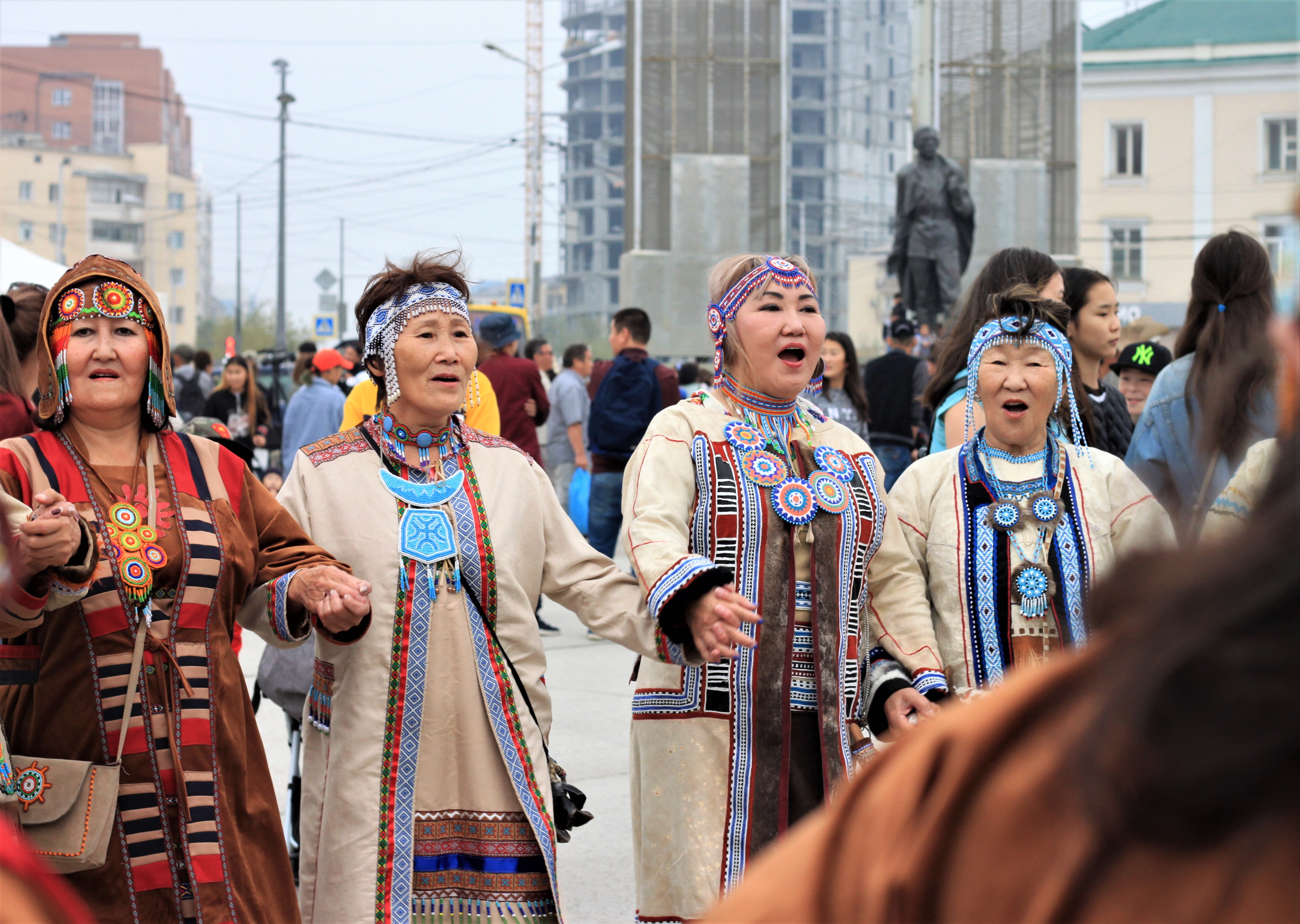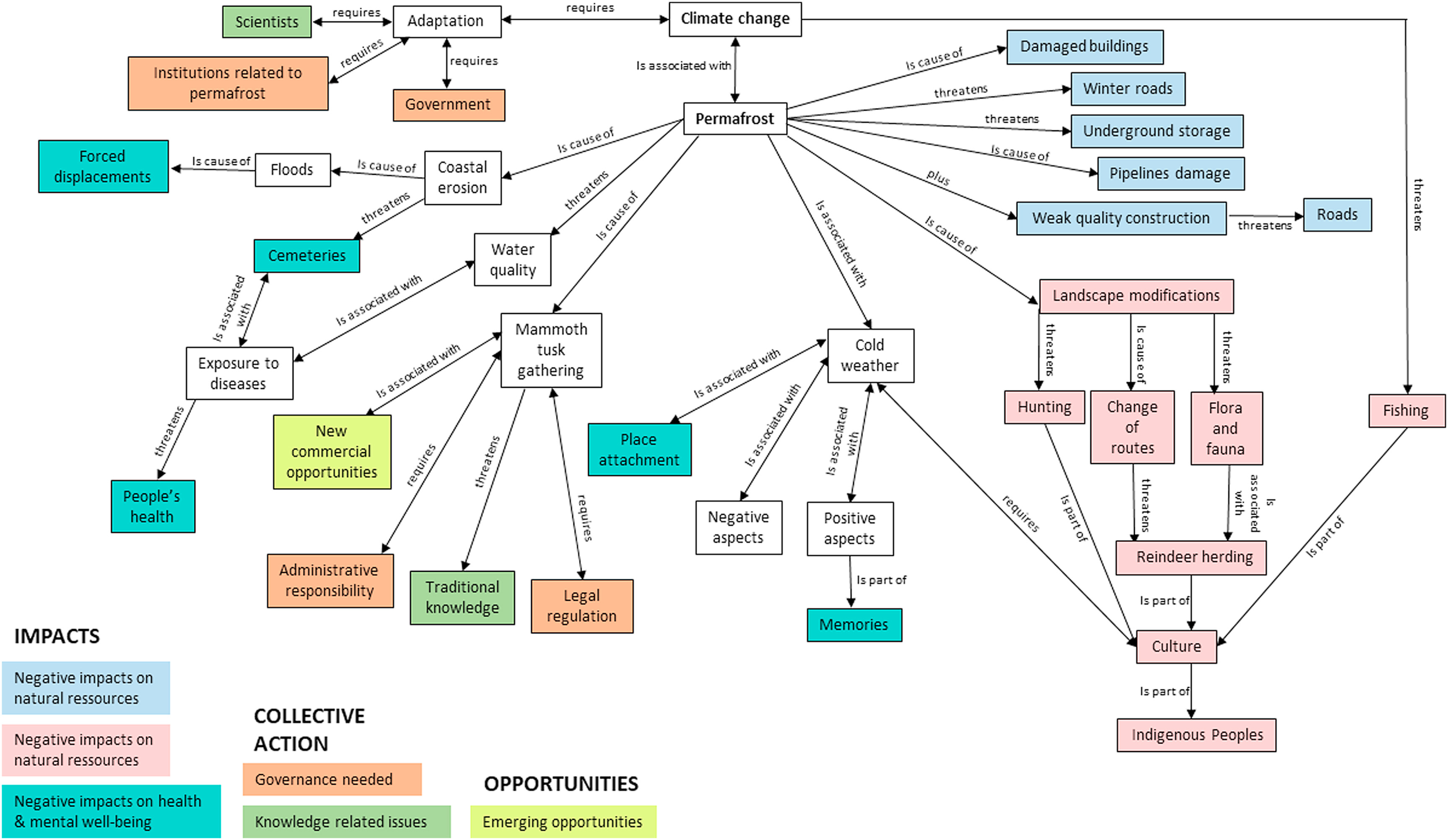The study by Natalia Doloisio and Jean-Paul Vanderlinden has the aim to obtain a better understanding of the new risk patterns associated to permafrost thaw through the collection and subsequent analysis of narratives of personal experiences in order to identify the main concerns, how these are defined and which coping strategies are considered by local inhabitants. Therefore, as part of the European Nunataryuk project, they carried out field research in Yakutsk (the capital of the Republic of Sakha) between June and July 2018. The goal of this scoping was to meet regional authorities and research institutes that were identified as having activities, or a mandate, potentially affected by permafrost thaw and climate change. The authors met these in order to access a more precise understanding of how permafrost thaw risk issues related to their mandates and concerns. In addition to this more institutional scoping, they also conducted face-to-face semi-direct interviews with 24 individuals directly or indirectly concerned by permafrost thaw in Sakha Republic.

In general, the results of this study are very complex and show a combination of many sub-areas. A relationship between the issues associated to climate change and permafrost thaw can be seen in Picture 2.

Parts of the results indicate that the causalities associated with permafrost thaw in the interviewees’ narratives are quite aligned with current scientific knowledge: climate change is causing annual and seasonal average temperatures changes, which affects permafrost, which in turn affects things that are of interest to humans. This seems to be a relevant result. When envisioning permafrost thaw risk mitigation, there might not be a need for knowledge-centered interventions as the respondents do know what is going on.
Further and more detailed information can be found at: https://www.sciencedirect.com/science/article/pii/S1873965220301067?via%3Dihub#!


